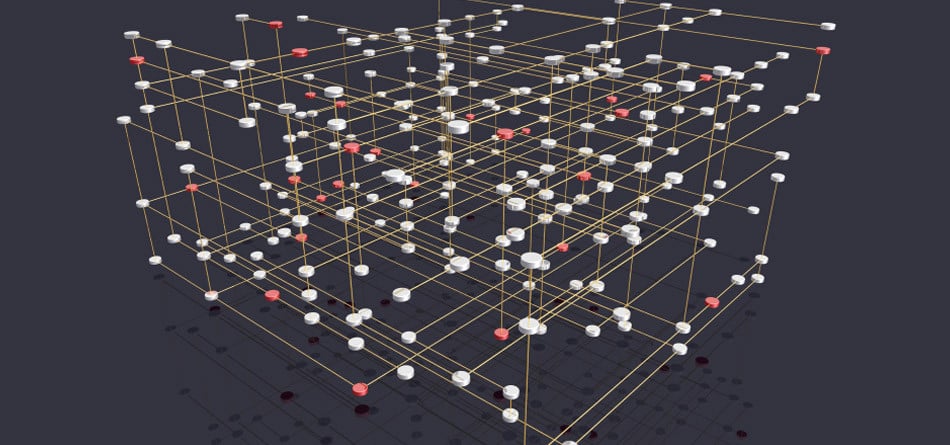The Commodity Futures Trading Commission (CFTC), as mandated by the Dodd-Frank Act, has imposed trade reconstruction and other recordkeeping requirements on the swaps industry, which involves recreating the entire life-cycle of a swap –a daunting proposition for most firms.
“This is a perfect scenario where you have a regulator that's bringing the front, middle, and back office together,” Harald Collet, global business manager for Bloomberg Vault, told Markets Media. “They're essentially saying, ‘Give me, within 72 hours, a view of what happens for a trade, from when it was generated in the front office, and executed in the middle office, compliance checked, and archived. That entire process the CFTC has brought together for anyone who is doing swap trade, which of course is a big part of the market.”
The CFTC’s rule 1.35 requires members of a swap execution facility to keep records of all transactions relating to its business of dealing in commodity interests and related cash or forward transactions.
Following a CFTC roundtable on rule 1.35 that was held in April, several participants, including the Federal Home Loan Banks, protested that the SEF recordkeeping requirements would simply replicate the recordkeeping requirements related to swap clearing to which they were already subjected.
“It is unclear why market participants subject to Rule 45.2 and not otherwise required to be registered with the CFTC must also be subject to additional recordkeeping requirements under Rule 1.35 solely because such market participants are required to register as members of a SEF, to comply with the trade execution requirement for certain of their swaps” said Warren Davis, of counsel to law firm Sutherland Asbill & Brennan, in a comment letter.
With the record retention requirement remaining in effect throughout the life of the swap (typically 25 years or more) plus an additional five years, firms need to choose between building their own systems or utilizing an outsourced service. “For small and medium firms, trade reconstruction in the cloud is essentially a slam-dunk decision,” Collet said.
Another option is to consider a hybrid approach, whereby the more firm-centric functions are retained in-house, and more commoditized functions are outsourced.
For middle of the day real-time reporting, it may make sense from a latency perspective to have a highly scalable on site repository, while data that’s used mainly for archival purposes and is not latency-sensitive can be moved onto the cloud.
“For those elements that deal with long term archiving, and for all the unstructured data that may be needed for trade reconstruction, firms can consume that as a cloud service,” Collet said. “That becomes a hybrid deployment model where you architect your own system for middle of the day real time reporting on all your trades, and for the long term archiving of unstructured data, you consume that as a service in the cloud. This is what we're starting to see: that the market is looking at the cloud as an extremely compelling option.”
In addition to record retention, the cloud opens up opportunities for risk analytics. “If you are a medium sized firm, you just don't have a lot of resources to be able to put towards high-end analytics,” Collet said. “The cloud opens up access to it and levels the playing field where smaller firms can play with the big boys because of the technology power they get by consuming services on the cloud.”
Featured image via iStock














